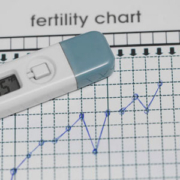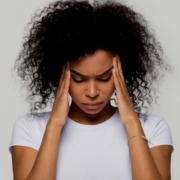Causes of
Anovulatory Cycles
Austin, TX
Anovulatory cycles (absence of ovulation) can pose significant challenges for women striving to conceive. As a leading authority in natural fertility, Dr. Ruthie Harper, MD, in Austin, TX, emphasizes the importance of recognizing and addressing the underlying causes of anovulation to optimize fertility and increase the chances of conception. By diagnosing and treating the root causes of anovulatory cycles, women can overcome barriers to conception and achieve their dream of parenthood.
An anovulatory cycle occurs when a woman’s ovaries fail to release a mature egg during the menstrual cycle, disrupting the natural process of ovulation necessary for conception. Several medical and lifestyle factors can contribute to anovulation. By identifying the specific cause of anovulation through comprehensive evaluation and diagnostic testing, Dr. Harper can develop personalized treatment plans to restore ovulatory function and enhance fertility.
Through a holistic and integrative approach, Dr. Harper addresses hormonal imbalances, nutritional deficiencies, and lifestyle factors that may be contributing to anovulation, providing targeted interventions to restore hormonal equilibrium and promote ovulatory health. By restoring regular ovulatory cycles, women can improve their chances of conceiving naturally and embark on their journey to parenthood with confidence and optimism.
If you have tried to become pregnant without success, Dr. Ruthie Harper opens her practice doors to you with compassion, and more than twenty years of natural fertility experience. Discover your personal path to total health, wellness and balance, and learn how the science of personalized integrative medicine can help you become pregnant and achieve your dream of growing your family.









